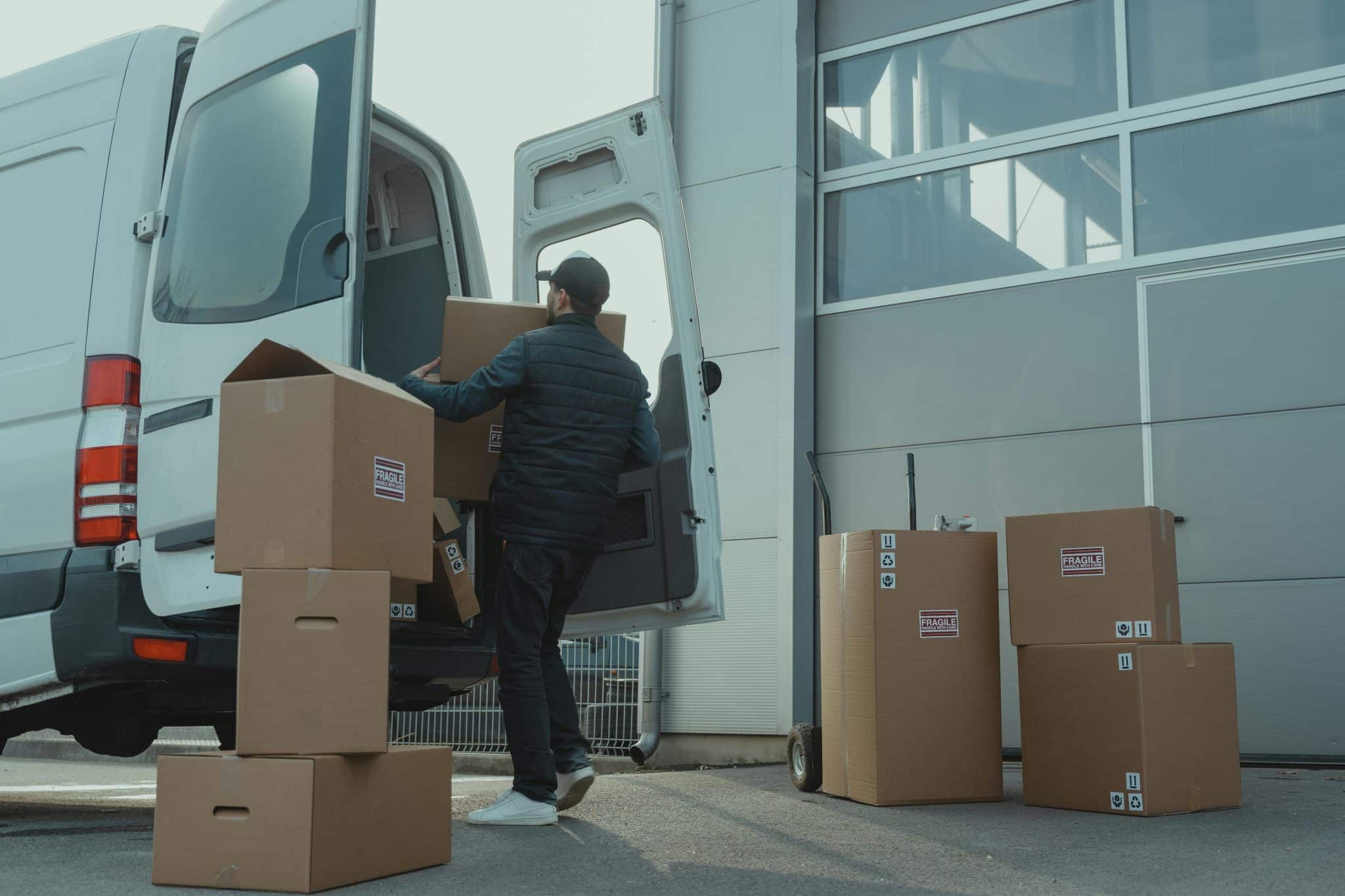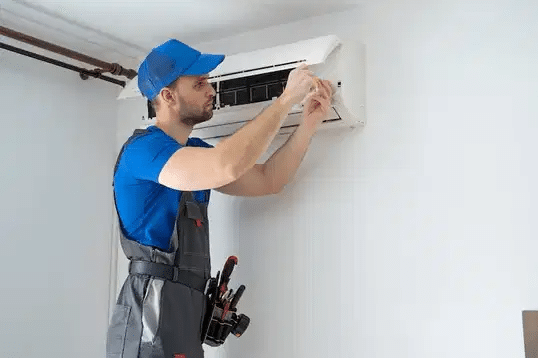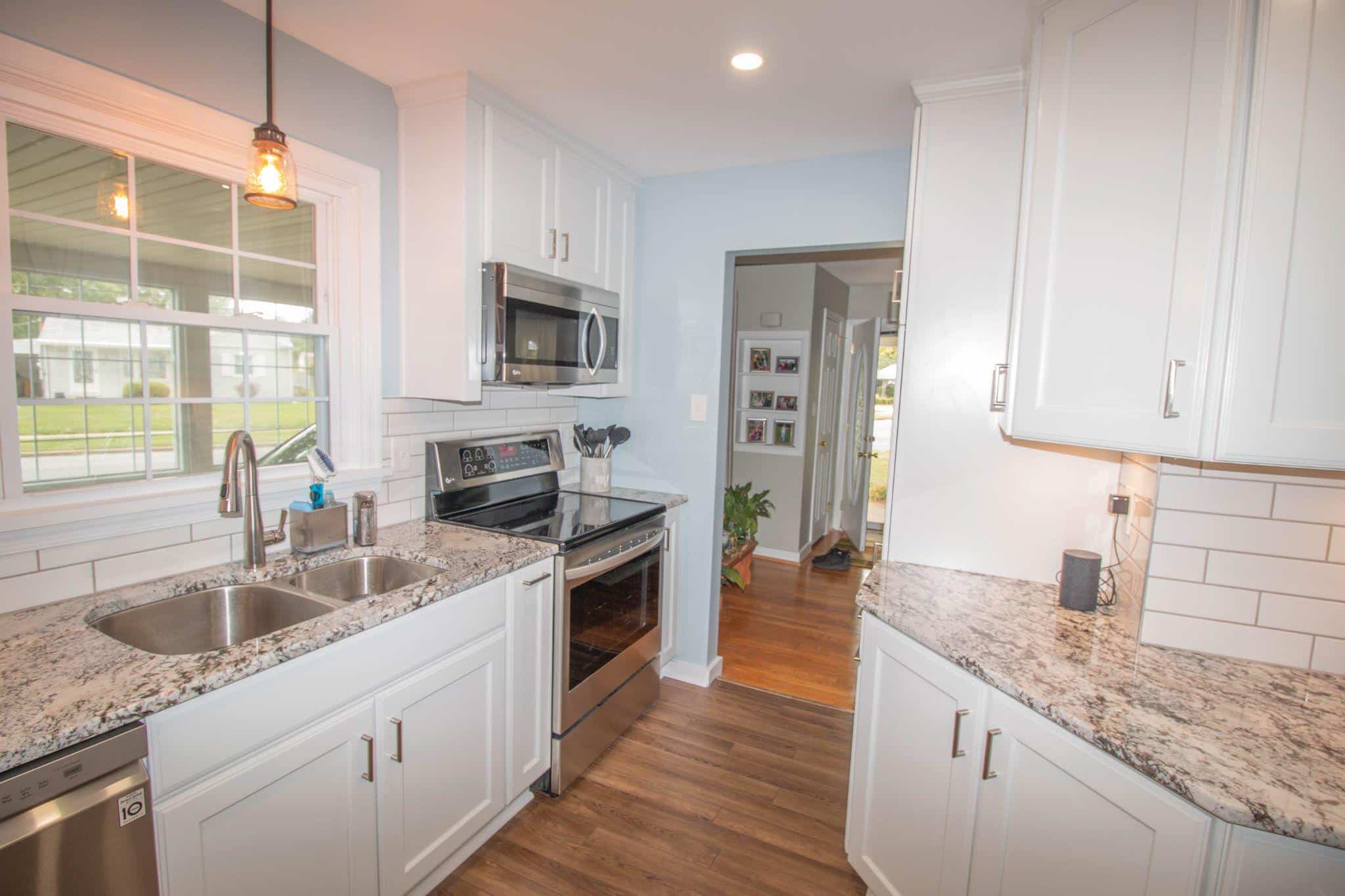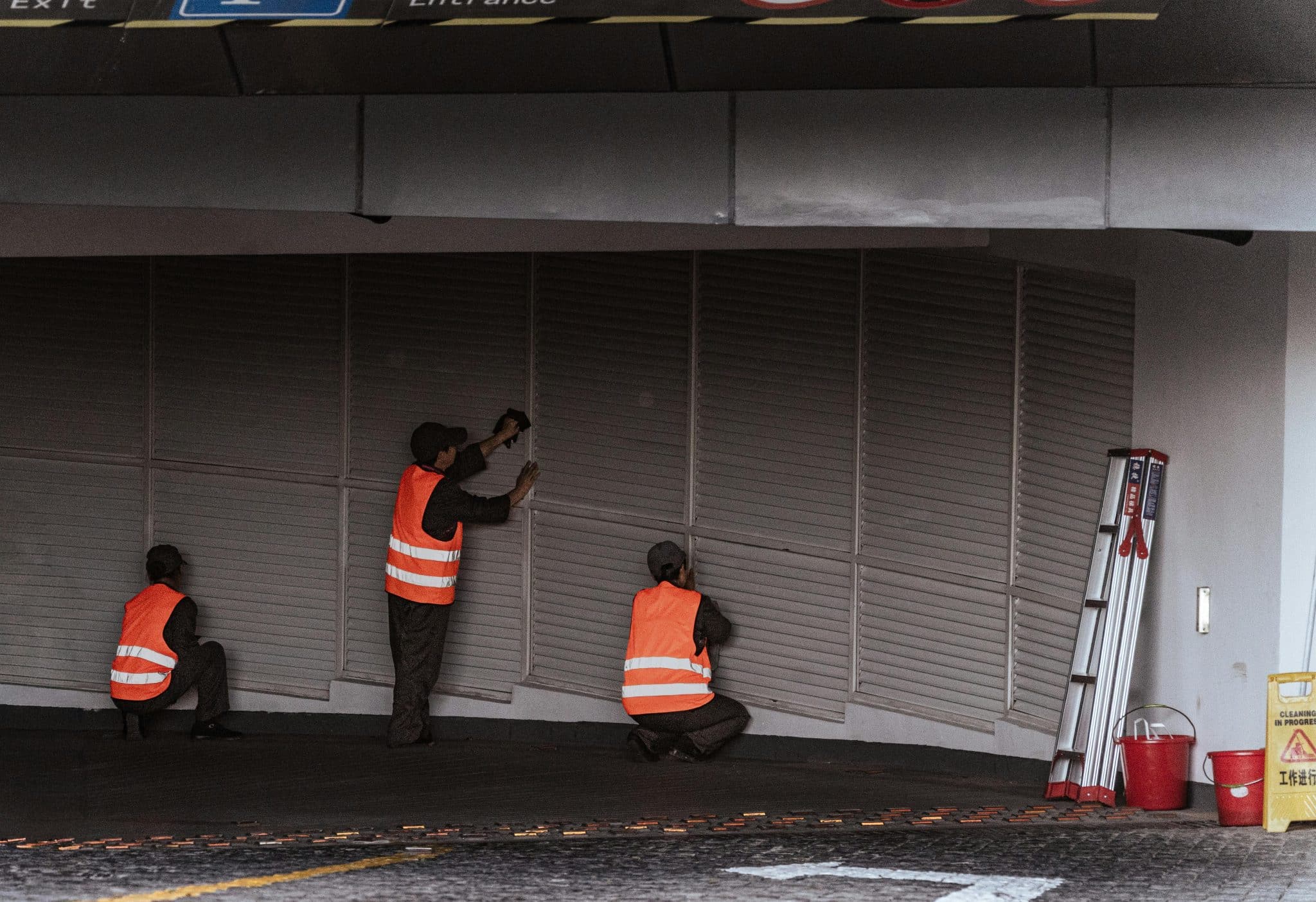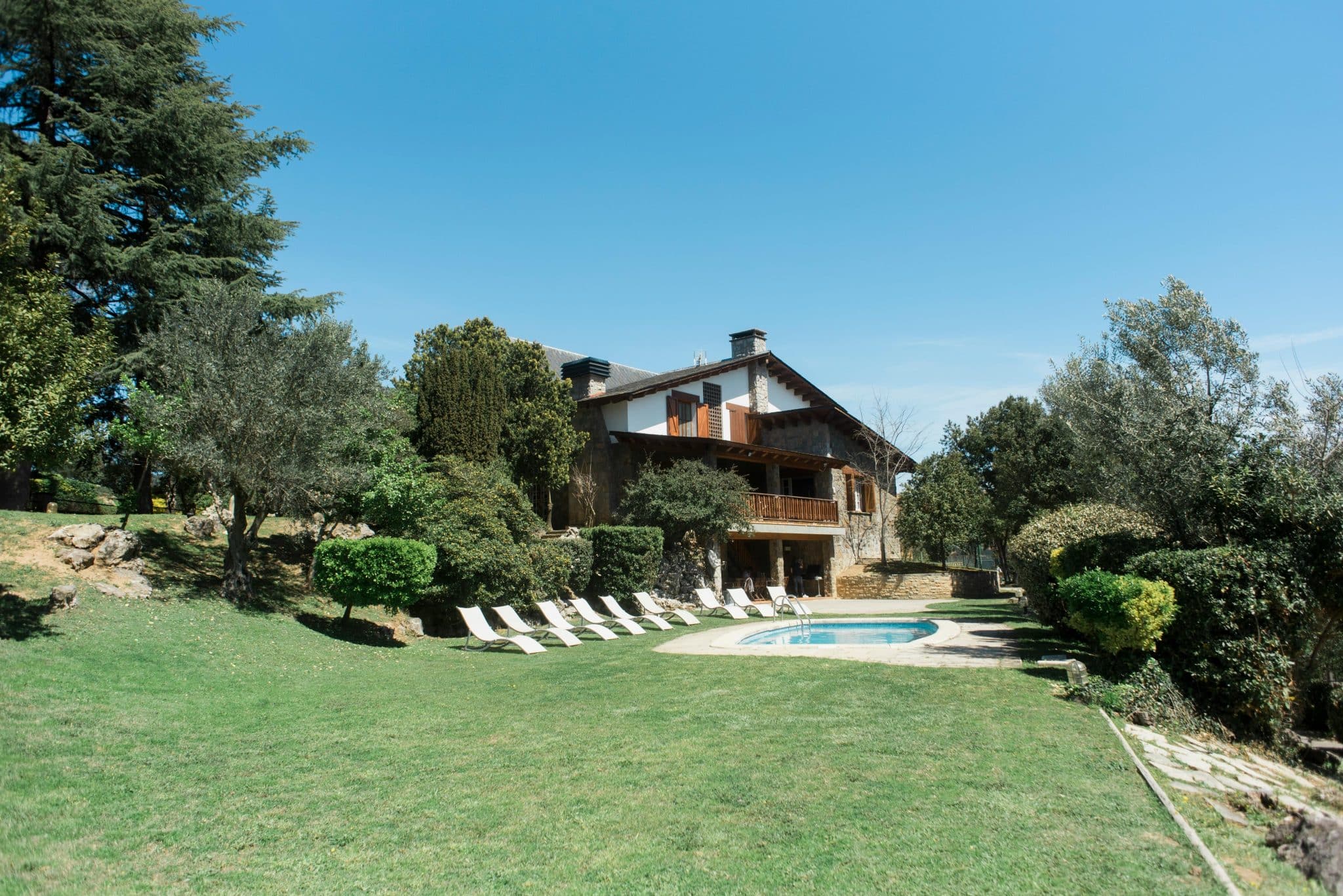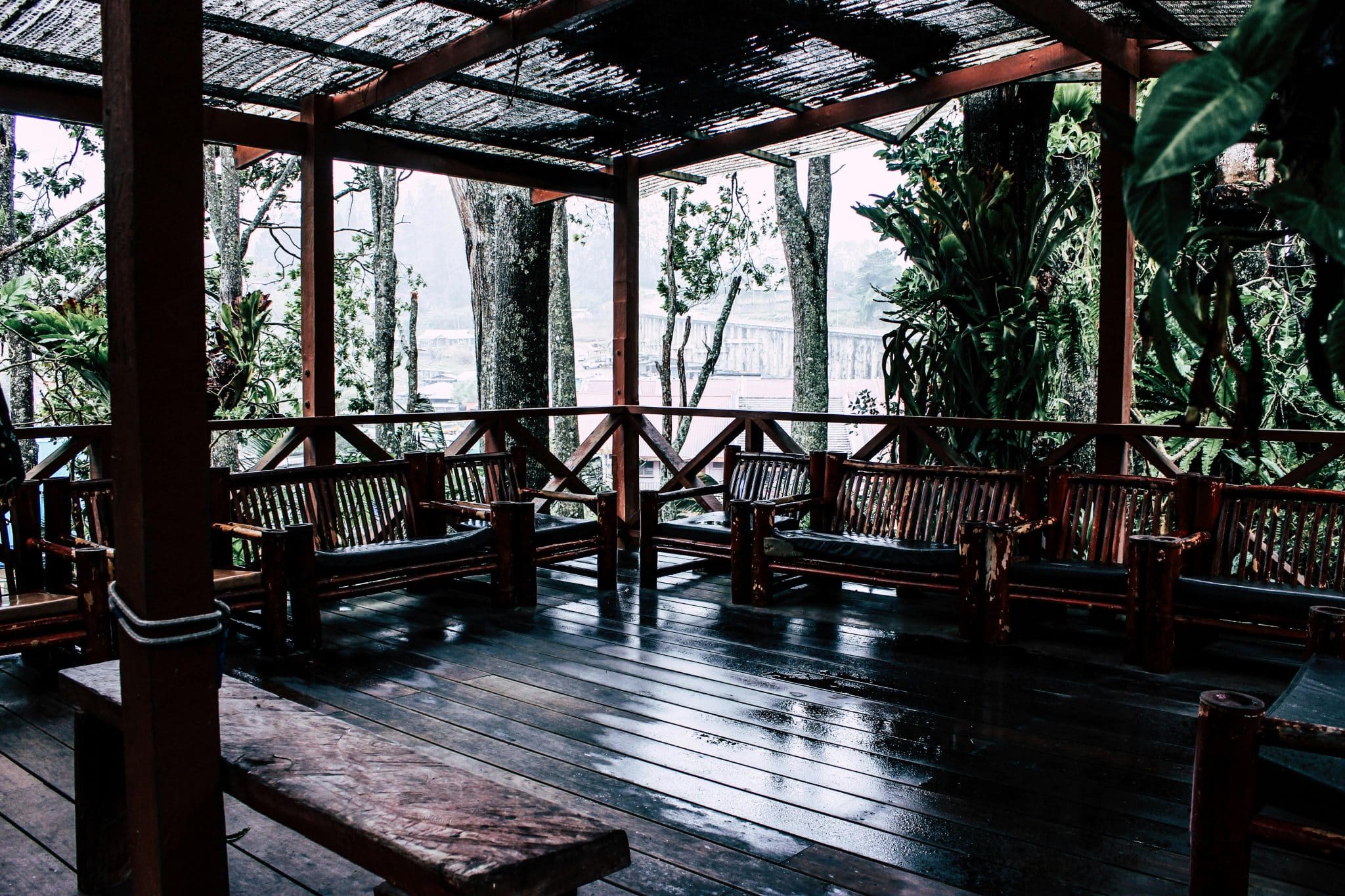Want to update your old brick fireplace without spending a lot?
Whitewashing offers a simple solution that works well with any home style. This basic technique uses common materials to create a bright, clean look.
Whitewashing does three things for your fireplace: It creates a fresh, modern appearance, shows off the natural texture of your bricks, and, unlike regular paint, can be removed if you change your mind later.
This project can be completed on the weekend at a minimal cost.
The final result combines modern style with traditional charm, making your fireplace stand out.
Materials You’ll Need for Whitewashing a Brick Fireplace
| Material | Purpose | Notes |
|---|---|---|
| White/Light Paint | Main whitewashing material | Latex paint works best |
| Water | Diluting the paint | Clean tap water is fine |
| Chip Brush | Applying the mixture | 4-inch width recommended |
| Rags/Cloths | Blending and cleanup | Cotton works best |
| TSP Cleaner | Surface Preparation | Removes dirt and grease |
| Drop Cloths | Floor protection | Canvas or plastic |
| Masking Tape | Area protection | Blue painter’s tape recommended |
| Plastic Sheeting | Surrounding protection | Cover nearby furniture and walls |
| Water Bucket | Cleaning and mixing | 2-gallon size suggested |
Important Note: Gather all materials before starting. This ensures a smooth workflow once you begin the whitewashing process.
Steps for Whitewashing the Fireplace
Let’s get started with the steps you need to follow to whitewash a fireplace at home:
Step 1: Prepare Your Fireplace Surface
Get your fireplace ready for its new look. Good preparation makes all the difference in the final results. Let’s start with the basics.
Check the Mortar: Examining the spaces between your bricks is your first task. Run your fingers along each line to feel for loose spots. Before whitewashing, these gaps must be filled with mortar repair mix. Follow the package instructions to mix the repair compound and carefully fill each crack.
Clean Those Bricks: Now comes the important cleaning phase. Start by mixing TSP cleaner with water in a bucket. Put on your safety gear, then work on one small section at a time. Scrub each brick with the TSP mix, paying close attention to any dark spots or stains.
Before you commit to the whole fireplace:
- Choose a hidden spot behind where logs sit
- Mix a small batch of your whitewash solution
- Paint a test area the size of your hand
- Let it dry for 24 hours
- Check the color in different lights
- Make sure you like the look
Safety Notes:
- Keep your work area well-ventilated
- Wear gloves and safety glasses
Step 2: Protect Surrounding Areas
Before you start your whitewashing project, shield the space around your fireplace. These few minutes of preparation can save you hours of cleanup later.
Cover Your Space: Start with the floor. Lay down drop cloths to catch any drips or spills. Spread them at least six feet out from your fireplace. Cotton drop cloths work better than plastic because they won’t slip under your feet while you work. Get your painter’s tape ready. Press it firmly along:
- The edges of your mantel
- Any wooden trim
- The wall-meets-fireplace line
- Floor edges near the hearth
- Light switches or outlets
Press all tape edges down one more time. Overlap your drop cloths where they meet. Move any furniture that sits close to your work area. Pick up any rugs or small items that might get in your way.
Step 3: Mix Your Whitewashing Paint
Making your whitewash mix is simple. The key is finding the right balance between paint and water to achieve the perfect look. Start with this tried-and-true formula:
- 3 parts water
- 1 part white latex paint
- Mix in a clean bucket
- Stir until smooth with no lumps
Want lighter coverage? Add more water. The paint will let more brick show through. Like a solid white look? Use less water. Here’s a quick guide:
| Coverage Type | Mix Ratio | Result | Best For |
|---|---|---|---|
| Light and See-through | 4:1 (water: paint) | High brick visibility | Subtle updates, light-colored bricks |
| Medium Coverage | 3:1 (water: paint) | Equal brick and paint show | For most projects, the standard choice |
| Solid Coverage | 2:1 (water: paint) | More paint coverage | Dark bricks, bold changes |
Remember: You can always add more water but can’t remove it. Start with less water and adjust as needed.
Step 4: Apply the Whitewash to the Fireplace
Let’s break down how to whitewash your bricks. This step requires patience, but the results are worth it. Begin at the top corner of your fireplace.
Working left to right helps you keep track of your progress. Apply whitewash to 2-3 bricks at a time using your chip brush. This small-section method gives you better control. Paint each brick with these steps:
- Dip your brush lightly in the mix
- Brush the whitewash onto the brick
- Pat the wet area with a clean rag
- Move to the next brick
- Check for drips as you go
Creating Texture: The rag step is key to good looks. Press your cloth against wet areas to remove extra whitewash. This step brings out the brick’s natural surface. Each part with the rag makes the finish more real and less painted.
Moving Along: Keep going brick by brick. Don’t rush – steady work makes better results. Watch for:
- Paint running down the wall
- Missed spots between bricks
- Areas that need more dabbing
- Whitewash thickness stays even
Step 5: Special Considerations for Painted Brick
Working with painted brick needs a different method. Here’s how to handle this unique situation.Your brick’s existing paint changes the game plan. The process needs adjustments for the best results:
- Use gray or beige as your base tone
- Make sure the old paint is stable and clean
- Test in hidden spots first
- Allow extra drying time between coats
Sponge Method: A natural sea sponge works best for this technique. Here’s the process:
- Wet your sponge and squeeze out extra water
- Dip it in your whitewash mix
- Press the sponge against the brick
- Lift straight off – don’t drag
- Repeat with slightly overlapping spots
Quick Reference Guide:
| Step | Key Actions | Important Notes |
|---|---|---|
| Prep | Clean surface, fix cracks | Wait 24 hours after cleaning |
| Protect | Cover floors, tape edges | Use thick drop cloths |
| Mix Paint | 3:1 water-to-paint ratio | Stir often while working |
| Apply | Work top to bottom | Do small sections at once |
Step 6: Finishing Touches
Take time to look at your work. Good final checks make sure your fireplace looks its best. Stand back about ten feet from your fireplace.
This distance helps you spot areas that need fixing. Check your work from different angles. Morning and evening light can show different needs for touch-ups. Found spots that need work? Here’s what to do:
- For light spots: Add a bit more whitewash
- For heavy spots: Dab with a damp rag
- For missed spots: Apply a thin coat
- For drip marks: Smooth with your brush
Keep whitewash away from the inside of your fireplace. When heated, paint inside the firebox can release fumes. The inside should remain its original brick color.
Pro Tip: Take a photo of your finished work. This helps you track any changes over time.
Step 7: Let the Fireplace Dry and Enjoy!
The hardest part is over—now comes the waiting. Your fireplace needs three full days to dry completely. This time ensures that your whitewash sets properly and creates a lasting finish.
During the first day, keep everyone away from the brick surface. By day two, you can start putting items back on your mantel.
Take a good look at your fireplace as it dries. The color will change slightly, turning lighter in some spots. This is normal.
If you spot any drips, fix them while they’re still partly wet. Brush them gently and pat them with a clean rag to blend them in. These quick fixes work better than waiting until everything dries.
After three days, your fireplace is ready for use. Reattach your decor to the mantel and return any furniture you moved. You can now light fires and enjoy your updated heart.
The whitewash will hold up well over time, but save a small jar of your mix for touch-ups later.
Pro Tip: Take a final photo when everything is dry. This helps you track how well the whitewash ages.
Check out this video for a detailed video on How to Whitewash a Brick Fireplace(Lowe’s Home Improvement):
Troubleshooting Common Issues
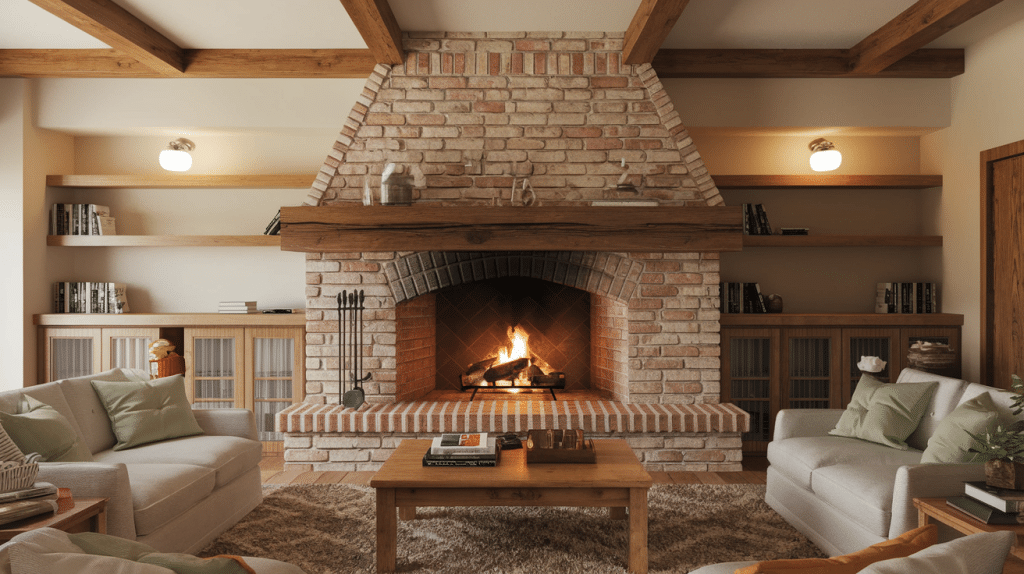
Let’s discuss fixing common problems you might face during your whitewashing project. Simple solutions can save your project when things don’t go as planned:
- Handling Paint Drips: Paint drips happen but are easy to fix. As you work, keep an eye on wet areas. When you spot a drip, wipe it immediately with your brush and dab it with a clean rag. Work in small sections to catch problems early. Moving slowly helps you spot issues before the whitewash dries.
- Fixing Heavy Coverage: Did your whitewash go on too thick? Don’t worry. While the paint is still wet, press a clean rag against the brick and pull away. This lifts extra paint and shows more brick texture. You can also spray some water on thick spots to thin the paint. Keep working until you get the look you want.
Remember: Every brick takes paint differently. What looks like a problem spot now might add character to your finished project.
Conclusion
A whitewashed fireplace brings fresh style to your room with just paint, water, and a work weekend.
The steps we covered help you create a look that fits your space.
Remember to prep well before you start. Clean bricks and fixed mortar create the best base for whitewashing.
Take time with your paint mix. Finding the right water-to-paint ratio makes a big difference in the final look.
Gather your supplies, protect your space, and follow each step carefully.
Your effort will pay off with a beautifully updated fireplace that adds value to your home.
Please share your results with us in the comments below, or tell us about your fireplace makeover tips!



